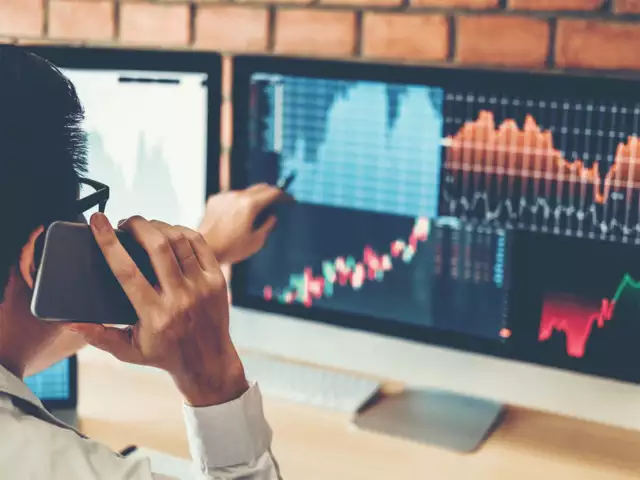
- Risk managment
- Trading basics
3 important steps when starting to trade
Do you want to know how to make money from this?
Register for free and get expert advice, access to a training course and webinars.
When starting your journey in trading, you need to remember the main thing: creating an effective trading strategy is inextricably linked with understanding your financial goals.
And whether you are a new trader or looking to optimize an existing strategy, it is important to take the time to carefully analyze this factor and choose the approach that best suits your individual circumstances.
How can you work on your financial goals? Here are 3 basic steps you need to take when starting to build your trading career.
Assessing risk tolerance
The concept of risk tolerance is inextricably linked with trading and plays a decisive role in choosing the optimal strategy. However, it is important to understand that risk appetite is subject to change throughout life. In this regard, regular re-evaluation of this factor is extremely important, especially during periods when there are changes in your financial situation or lifestyle.
One of the popular approaches to assessing risk tolerance, taking into account the time factor, allows you to determine both short-term and long-term strategies. With a longer investment horizon, it is possible to accept a higher level of risk. This may make it worthwhile to seek trading opportunities during periods of increased volatility. In the case of a shorter investment horizon, it is recommended to use less risky asset classes that contribute to portfolio diversification while maintaining the overall level of risk.
This step also includes assessing the risk capital in the portfolio. For novice traders, the optimal option is 10% of risk capital. For experienced and active traders, it is permissible to allocate up to 25% or more of the portfolio to high-risk investments. However, it is recommended to do this gradually in order to protect against potential losses and market volatility.
Choosing the right asset classes for you
Understanding the value that different instruments such as options, futures and other securities can bring to your portfolio is an integral part of developing a balanced trading strategy.
For example, while complex and risky, options can provide greater flexibility and require less upfront investment than stock trading.
Futures, on the other hand, carry a higher level of risk and require a more sophisticated strategy. However, they may have enhanced liquidity and provide access to a wide range of financial instruments, including stocks, currencies and commodities. When used correctly, futures can offset the risks of other parts of your portfolio and serve as a hedging tool against market fluctuations.
Using technical analysis
As your trading activity develops, the use of technical analysis techniques can be a valuable tool for identifying new trading opportunities and assessing the strength of market movements. Focusing on key indicators such as on-balance volume or relative strength index can help generate buy and sell signals.
While it may be attractive to use as many indicators as possible, it makes more sense to select those that are most relevant to your goals and integrate them into your existing trading strategy.
Do you want to know
How to make money from the news
Register for free and get:
- Expert consultation;
- Access to the training course;
- Opportunity to participate in webinars

